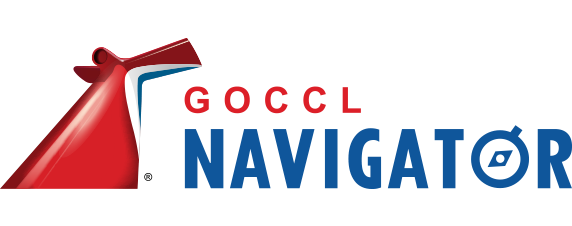Search
Shipboard Staffing and Equipment / Medical Emergencies
Medical Staffing and Equipment
In order to maintain a safe and comfortable environment for our guests, our medical centers meet or exceed the standards established by the Cruise Lines International Association (CLIA) and the American College of Emergency Physicians (ACEP).
Our medical centers are staffed by qualified physicians and nurses who are committed to providing the highest quality of shipboard medical care. Medical staffing is correlated to the size of the ship and varies from one physician and three nurses to as many as two physicians and five nurses.
Ship’s physicians meet or exceed the credentialing guidelines established by the cruise ship medicine section of the American College of Emergency Physicians (ACEP). In addition, doctors must demonstrate competent skill levels and hold current certification in basic and advanced cardiac life support and cardiac care, have experience in general medicine or general practice including emergency or critical care, and have one to three years clinical experience and minor surgical skills, and board or similar international certification is preferred. The doctors on board are independent contractors.
Shipboard medical facilities are set up to provide reasonable emergency medical care for guests and crew. In cases of extreme emergency where more comprehensive facilities are required, patients are referred to shore side facilities.
In addition to standard lifesaving equipment such as defibrillators and external pacemakers, our medical centers carry some of the latest in medical technology including thrombolytic therapy, electrocardiograph machines, lab equipment, pulse oximetry and x-ray machines on many of our ships.
Medical Emergencies
When a medical emergency arises on board, the ship's Physician shall make the decision that an air evacuation/emergency disembarkation is warranted.
The Captain is notified immediately in order to confer with the physician about any need to change the course or speed of the ship or to communicate with the appropriate rescue agency (i.e., United States Coast Guard).
Depending on the location of the ship and the condition of the patient, a decision will be made about the best and safest way to disembark the patient – that can be diverting the ship and transferring the patient to a shore side medical facility, or via helicopter or via rapid boat.
We do not have helipads on the Carnival Cruise Line fleet.
